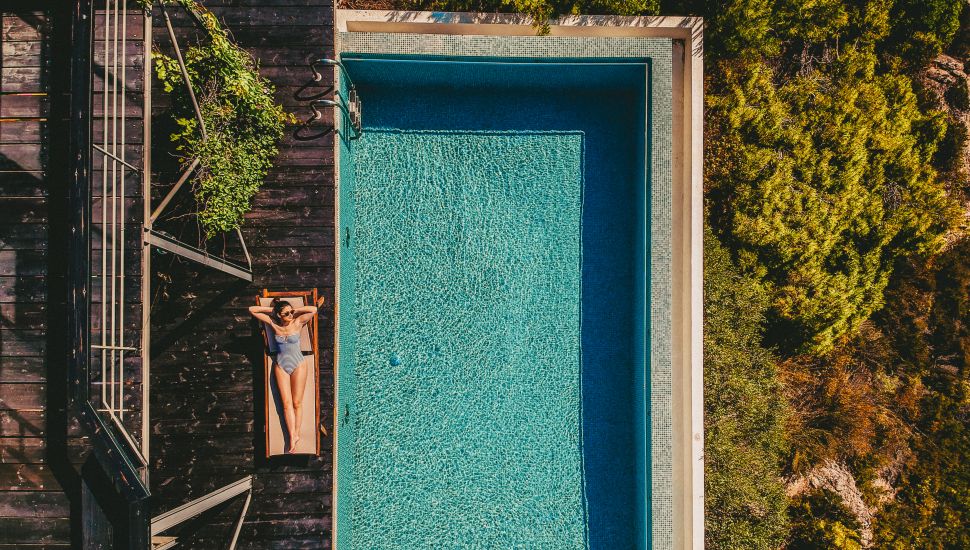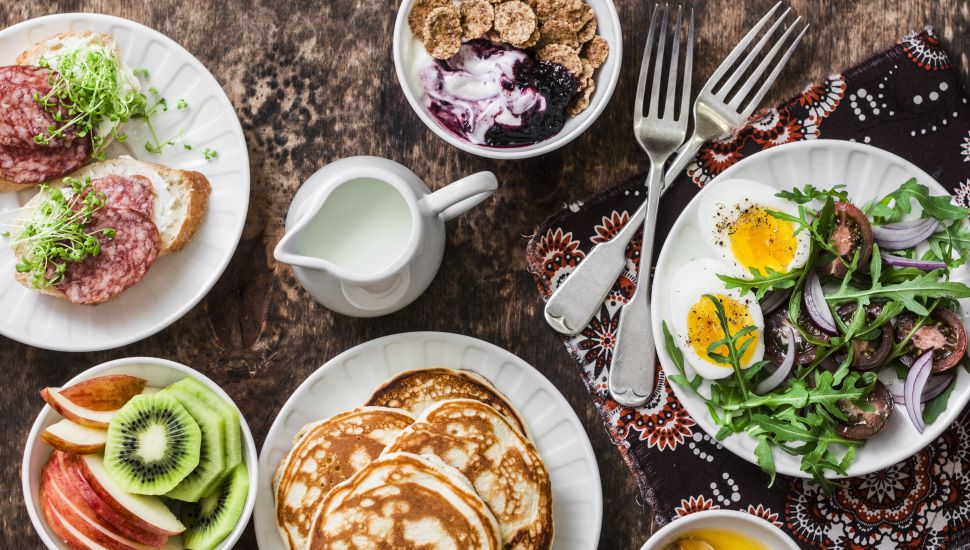What is a boutique hotel?
There has never been a wider range of accommodation options for the modern traveller. From vast mega hotels to budget chains to backpacker hostels, there's now something to suit every need and budget. Most accommodation offerings are easy to describe: we all know what to expect from a Holiday Inn or a Travelodge, for example.
But when it comes to describing ‘boutique hotels', arriving at a one-size-fits-all description can be tricky. Even within the hotel type, quality and 'authenticity' can vary wildly.
Boutique hotels first appeared in the 1980s. The Blakes Hotel in London (designed by stylist Anouska Hempel) is considered one of the very first, as is the Bedford in San Francisco, which is now operated by boutique supremos, the Kimpton Group. Indeed, in recent years, large hotel groups have invested heavily in creating boutique sub-brands, such is the popularity of the hotel type.
But none of that explains what this type of hotel actually is. So, we've put together nine common characteristics of a boutique hotel.
Intimate scale
They are smaller establishments of between 10 and 100 rooms, and often possess a more 'homely' feel than large chain hotels.
Unique
Boutique hotels are often furnished in a particular style or theme. 'Unique' is a common descriptive word in boutique hotel marketing literature. This uniqueness may be inspired by either traditional or contemporary design - or a mix of the two.
Luxurious

Boutique hotels are generally 'high end' or 'luxurious'. Furniture, curtains and wallpaper will tend to be of a higher quality - and have a particular design aesthetic or theme.
Individual service
Boutique hotels tend to offer a personalised service. This might include: remembering guests' names, noticing if someone's checked in on their birthday (and wishing them well), and supplying quality, luxurious toiletries. Boutiques may also offer spas and other services to 'pamper' their guests.
Offbeat personality
Many boutique hotels possess an eccentric or offbeat design aesthetic. They might be described as quirky, funky or fun. Furniture, fittings and artwork may be selected to underpin a sense of humour or jollity that you wouldn't find in a Grand Hyatt or Hilton. An extreme example is Jumbo Stay in Sweden, where you can sleep in a converted 747 jumbo jet!
Diverse client base that appreciates unique design
Boutique hotels are popular among those who appreciate a fresh approach to design, or who enjoy quirky, offbeat hotel experiences. Everyone from families to baby boomers to millennials might be inspired to book a boutique hotel.
Trendy food

You're unlikely to find ‘egg, chips and beans' on a boutique hotel's menu - unless they are all organic, locally sourced - and served with a sprig of parsley! Boutique food offerings tend to have a twist on regular recipes, with a focus on presentation and exceptional service.
A sense of place
Inspiration for the design of many boutique hotels is often drawn from the locality, focusing on specific cultural traditions or historical figures/events.
Trendy location
While boutique hotels can of course be located anywhere, they tend to be in trendier neighbourhoods, and away from the main tourist haunts.
A note on the pretenders
Some establishments call themselves ‘boutique' hotels while consciously deriving their look from more established entities in the hotel genre; looking to cash in on the hype rather than offer something new and exciting. Some hotels, for instance, might quickly refurbish their rooms with shiny floral wallpaper, an avant garde chair and some velvet curtains - then call themselves a boutique hotel.
However, determining ‘what isn't a boutique hotel' would require another article entirely!
Get a Quote